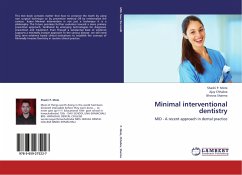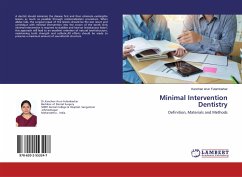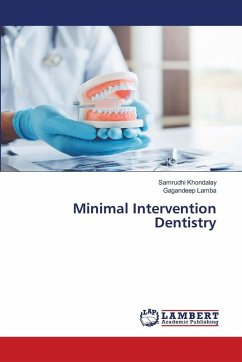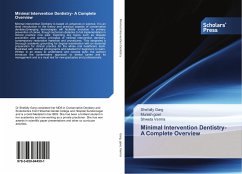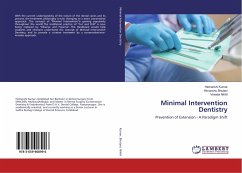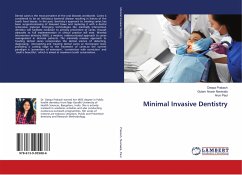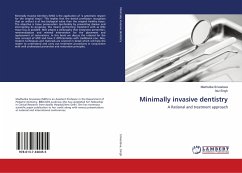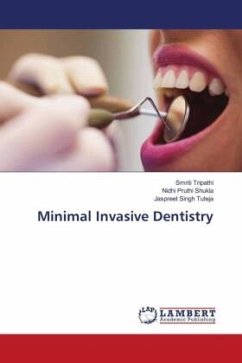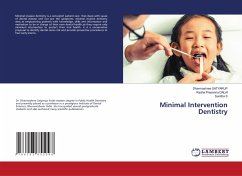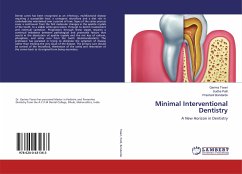
Minimal Interventional Dentistry
A New Horizon in Dentistry
Versandkostenfrei!
Versandfertig in 6-10 Tagen
47,99 €
inkl. MwSt.

PAYBACK Punkte
24 °P sammeln!
Dental caries has been recognised as an infectious, multifactorial disease requiring a susceptible host, a cariogenic microflora and a diet rich in carbohydrates maintained over a period of time. Signs of the caries process cover a continuum from the first molecular changes in the apatite crystals of the tooth, to a visible white-spot lesion, through to dentin involvement and eventual cavitation. Progression through these stages requires a continual imbalance between pathological and protective factors that results in the dissolution of apatite crystals and the net loss of calcium, phosphate, ...
Dental caries has been recognised as an infectious, multifactorial disease requiring a susceptible host, a cariogenic microflora and a diet rich in carbohydrates maintained over a period of time. Signs of the caries process cover a continuum from the first molecular changes in the apatite crystals of the tooth, to a visible white-spot lesion, through to dentin involvement and eventual cavitation. Progression through these stages requires a continual imbalance between pathological and protective factors that results in the dissolution of apatite crystals and the net loss of calcium, phosphate, and other ions from the tooth (demineralization). The profession has persisted in trying to eliminate the symptom of disease rather than treating the very cause of the disease. The primary cure should be control of the microflora, elimination of the cavity and restoration of the crown back to its original form being secondary.



